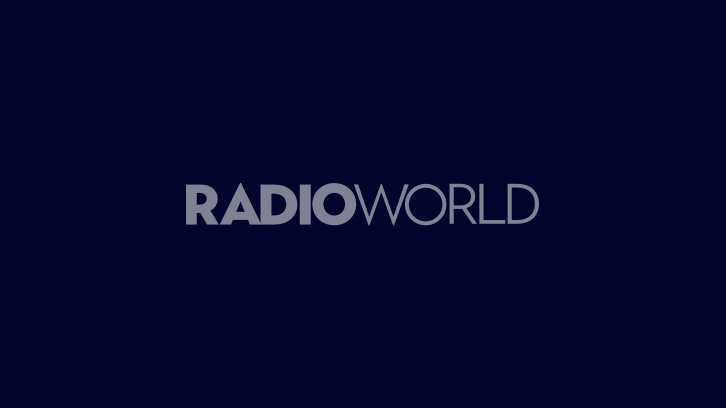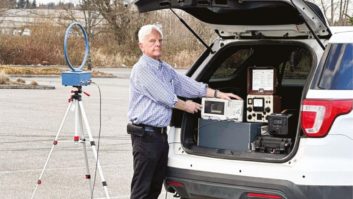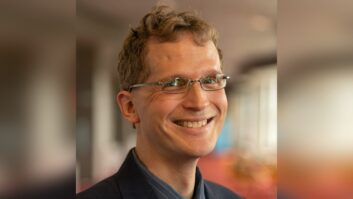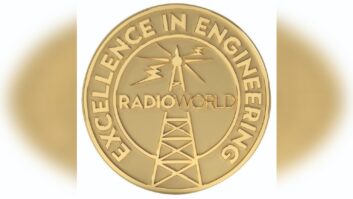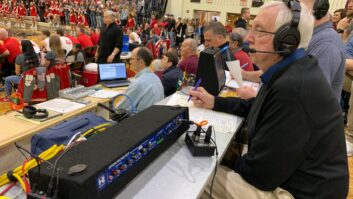This year, Henry Engineering is marking its 40th anniversary. Founded in 1982 by Hank Landsberg, the manufacturer’s products are designed to address problems related to audio interface, studio systems control, digital and analog signal switching and distribution — “issues that broadcast and audio engineers often encounter when building or upgrading their facilities,” according to its website.
To learn more about the history of the company, Radio World connected with Landsberg. The following interview, conducted via email, details the evolution of Henry Engineering, how its problem-solving products became a hit and “what’s next” for the longtime engineer and industry veteran.
Radio World: What brought you into the broadcast community? Where do you draw your expertise from?
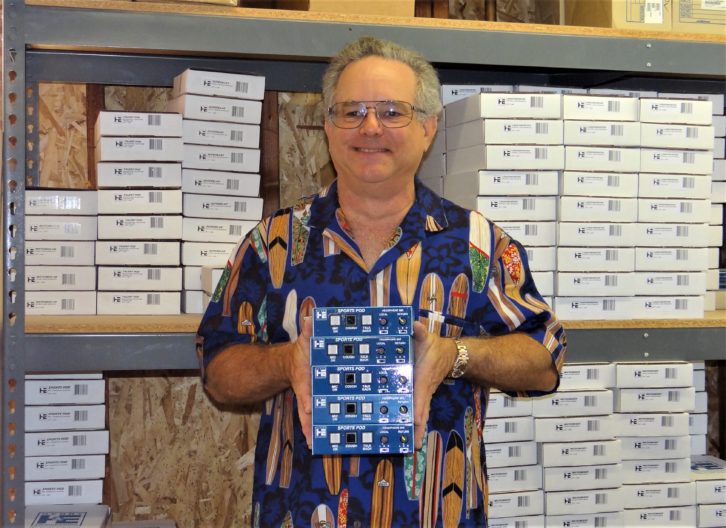
Hank Landsberg: I have always been interested in radio broadcasting, ever since I was a little kid! My first “radio station” was the Knight Kit AM Broadcaster that I built when I was 11. My first job in radio was as a “combo DJ”/contract engineer at KMAX(FM) radio in Arcadia, Calif. I also worked at Radio Recorders in Hollywood, which had rich history in the “Golden Age” of radio (1930s-1940s).
In 1973, I worked as an audio console designer for Visual Electronic Labs in Pasadena, Calif. In 1974, I was hired as director of engineering for Drake-Chenault in Canoga Park, Calif. D-C produced music programming for tape-based automated radio stations.
RW: Tell me a little bit about the inception of Henry Engineering. What were some of your initial goals?
Landsberg: At Drake-Chenault, I often had to build “matching amplifiers” to interface consumer audio equipment (tape decks, turntable preamps, etc.) to the professional gear in the studios. Oddly enough, this device didn’t exist as an off-the-shelf product. After building several of these gadgets, it occurred to me that radio station engineers probably had the same issue — and so the idea for The Matchbox was born out of my necessity.
My goal? Simple! To become “the standard of the industry” for that one product. Like Kleenex, Scotch tape, Kodak film. I figured that if my company could become known for solving that one problem, other problem-solver products would ride on its coattails. Since my legal first name is Henry, I called the company Henry Engineering. (And I hoped it wouldn’t get confused with Henry Radio, a different company that made ham radio gear!)
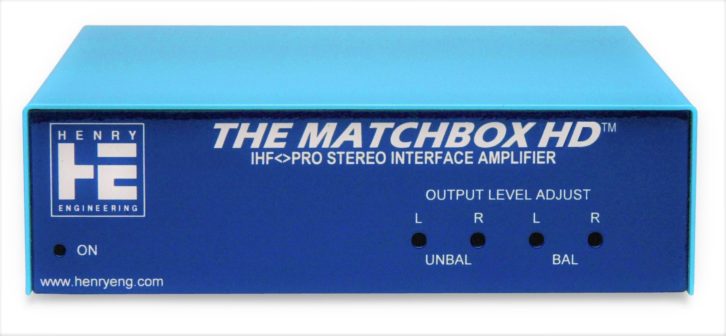
RW: How has the company grown since 1982?
Landsberg: When I started with The Matchbox in 1982, I assumed that Henry Engineering would just be a side gig to augment my “real job” at D-C. In 1983, I needed a way to remotely control the Technics turntables that we used at Drake-Chenault. So, I designed a gadget that eventually became my next product: the Universal Turntable Controller.
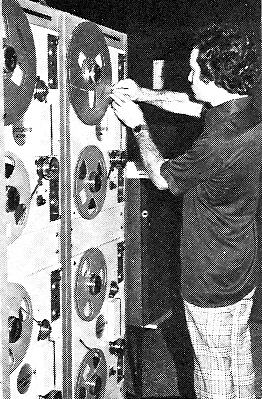
A few years later, Drake-Chenault was sold and the new owner moved the company to Albuquerque. I had no desire to move there, so I decided to make Henry Engineering my main focus and expand the product line with more problem-solving products. SupeRelay, Mix-Minus Plus, Telecart, USDA, TwinMatch, LogiConverter and others followed quickly in 1984-1988. All of these products were unique, not available from other equipment suppliers.
[Related: “Henry Engineering Debuts Talent Pod II“]
RW: What are you most proud of?
I’m still amazed that we’ve shipped over 60,000 Matchboxes! And I’m proud that nearly all of our products were “firsts”…useful “engineering problem-solvers” that nobody else was producing.
For example: the SixMix was the industry’s first broadcast audio console to include a USB audio interface. Some “firsts” were really simple, but necessary, like adding Stereo/Mono switching to an audio distribution amp. Our USDA was the industry’s first DA to have that simple yet useful feature. Nobody built an On-The-Air tally light controller until we created the Superelay. We’ve shipped about 8,000 of them! It’s still a strong seller.
RW: Which products have stayed popular over the years?
Landsberg: The original Matchbox is still popular, although the (digital) USB Matchbox will overtake it soon.
RW: What’s new?
Landsberg: BackUPS is a newer product that is doing well. It automatically bypasses a failed (or failing) UPS unit, so critical equipment keeps working while the UPS is being repaired or replaced.
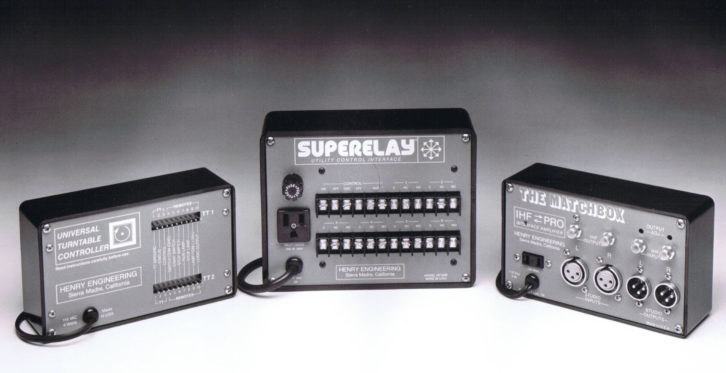
RW: What are some of your aspirations when looking ahead to, say, the next 40 years?
Landsberg: Hmmm…well, I’m 70 now. Maybe someone will buy my company for $50 million and I’ll retire to a villa in Maui! But seriously…
RW: Anything else you’d like to add?
Landsberg: I’d like to thank everyone for their continued support and interest in Henry Engineering’s products! We’ll keep ‘em coming! We endeavor to produce problem-solving products that are effective, reliable, and affordable. I still believe that professional products should last decades and be field-maintainable.

